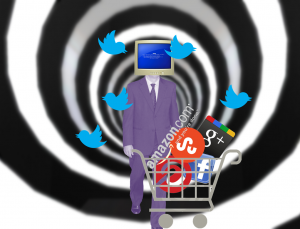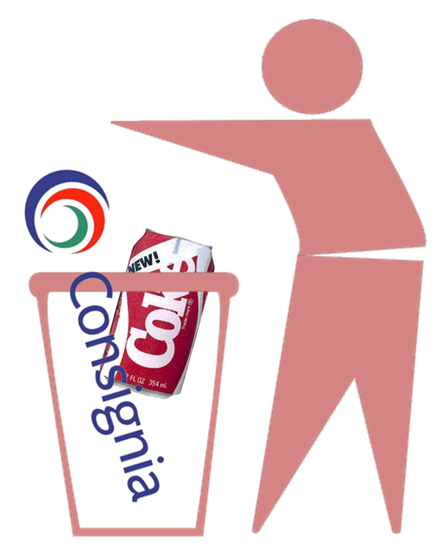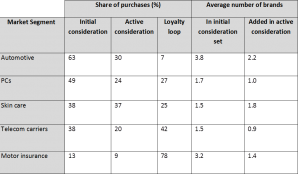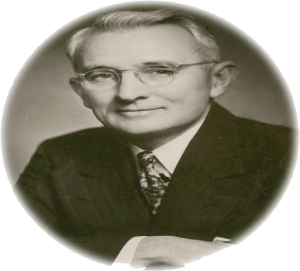 Amazon built a gigantic global business on the back of choice and delivering products when the customer wants it.
Amazon built a gigantic global business on the back of choice and delivering products when the customer wants it.
As I mention in my previous blog, Amazon has taken this a step further and is planning to box and deliver products that it expects customers in a specific area will want based on previous orders, product searches, wish lists, shopping cart contents, returns and other online shopping practices it gleans from its customers’ shopping patterns, even before they’ve clicked ‘buy.’
However, some researchers are predicting a backlash to these and other strategies that are all designed to get us to spend more.
The main contentious point of consumer-ology, a term coined by Philip Graves, one of the world’s leading consumer behaviour experts, is that enough really is enough when it comes to consumer choice.
The emotional part of the consumer’s brain quite literally shuts down when faced with too much choice and overloaded with too many options.
This isn’t as daft as it sounds.
Ever tried to buy a pair of shoes when walking into at least a dozen shoe shops only to fail to buy a single pair at the end of an exhausting three-hour shopping trip?
If not, ask my wife!
PR and marketing experts love market research as it can often be a fountain of new ideas and the basis for new product research and development.
However, at the same time, market research can be a hindrance rather than a help.
Here in the UK, some of us still remember the re-branding of the Post Office. Chief executive John Roberts announced in early 2001 that the service would take on a completely new brand identity called Consignia.
“The new name describes the full scope of what the Post Office does in a way that the words ‘post’ and ‘office’ can’t,” he gushed at bemused customers in front of TV cameras.
Sixteen months later, with its plans to push into overseas markets in tatters, and the meaningless new name a laughing stock, Roberts left, Consignia was consigned to the history books and Royal Mail bosses hoped the £2m re-branding exercise would be forgotten as soon as possible.
Fast forward to the Government’s flotation of the Royal Mail at the end of 2013 that was the biggest IPO in the past 20 years and it could’ve been a lot different had it decided to go down the re-branding route.
 And then in the US, who can forget what Coca-Cola tried to do to stem the slowdown in sales in the face of rival Pepsi in the mid-80s?
And then in the US, who can forget what Coca-Cola tried to do to stem the slowdown in sales in the face of rival Pepsi in the mid-80s?
The beverage giant took the radical step of changing its top secret recipe and launched “New Coke” on an unsuspecting world. It had done its market and product research and this included 200,000 Coke fans who said they loved the new flavour.
Unfortunately, when the new brand was launched to much fanfare, loyal Coke drinkers hated it – and were furious that the company had messed about with their much-loved brand.
A spokesman was forced to admit that the company didn’t set out to create a firestorm of consumer protest that had ensued around the world and less than three months later New Coke was off the shelves and replaced by “Coca-Cola Classic” – and even that didn’t fare much better!
What these re- brand nightmares illustrate is that consumers don’t like too much choice and that over reliance on market research provides us with information that is gleaned from the conscious mind whereas purchasing behaviour largely emanates from the unconscious mind, so it’s too dangerous to over-rely on such data.
A McKinsey study conducted in 2009 bears this out and is still relevant today as a lesson for marketers. The purchasing behaviour of 20,000 people across five different industries and three continents showed that consumers across the world tend to fall back on a limited set of brands when faced with a plethora of choices and communications.
Brand awareness of course is important: brands in the initial-consideration set can be up to three times more likely to be purchased eventually than brands that aren’t in it (see Table below).
 The research showed that those consumers actively evaluating PCs, for example, added an average of one brand to their initial consideration-set of 1.7 brands, while those in the market for a car added 2.2 brands to their initial consideration set of 3.8 car brands.
The research showed that those consumers actively evaluating PCs, for example, added an average of one brand to their initial consideration-set of 1.7 brands, while those in the market for a car added 2.2 brands to their initial consideration set of 3.8 car brands.
The research validates that a change in consumer behaviour can create an opportunity for marketers by adding touch points within the decision making process that can have the most impact.
But these touch points need to appeal to the emotional and not merely the rational side of the brain. In the past, the temptation may have been to bombard the consumer with discount coupons, push-messages on their mobile devices as well as banner advertising and email marketing. However, such an approach isn’t that effective where the consumer is ‘pulling’ information helpful to the decision making process and how they ‘feel’ about the relative pros and cons of such information which could well be conflicting particularly if it’s about a high ticket item.
 The final thought goes back to what US-sales guru Dale Carnegie once said about the subject of influencing and selling in his seminal book, How to Win Friends and Influence People:
The final thought goes back to what US-sales guru Dale Carnegie once said about the subject of influencing and selling in his seminal book, How to Win Friends and Influence People:
“When dealing with people, let us remember we are not dealing with creatures of logic. We are dealing with creatures of emotion, creatures bristling with prejudices and motivated by pride and vanity.”














Recent Comments